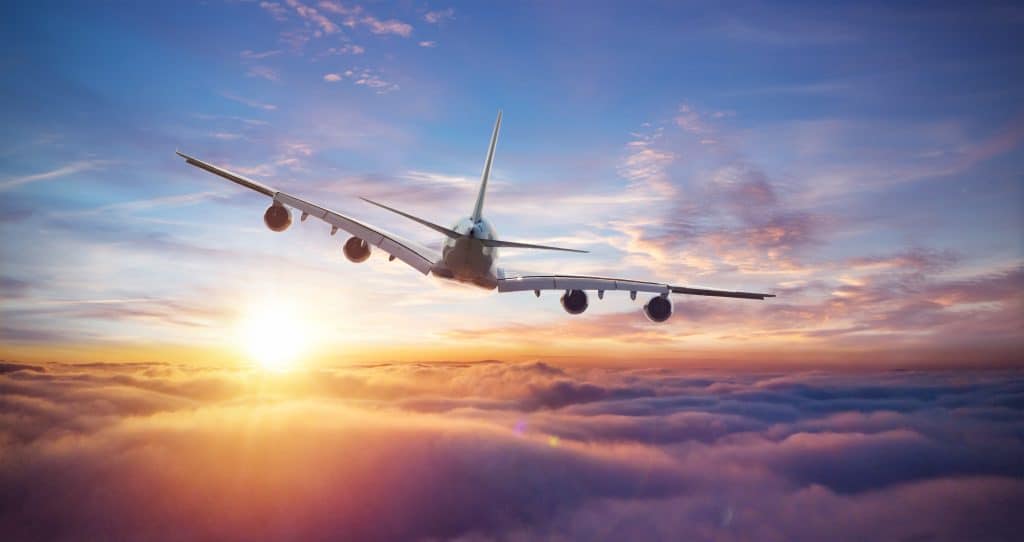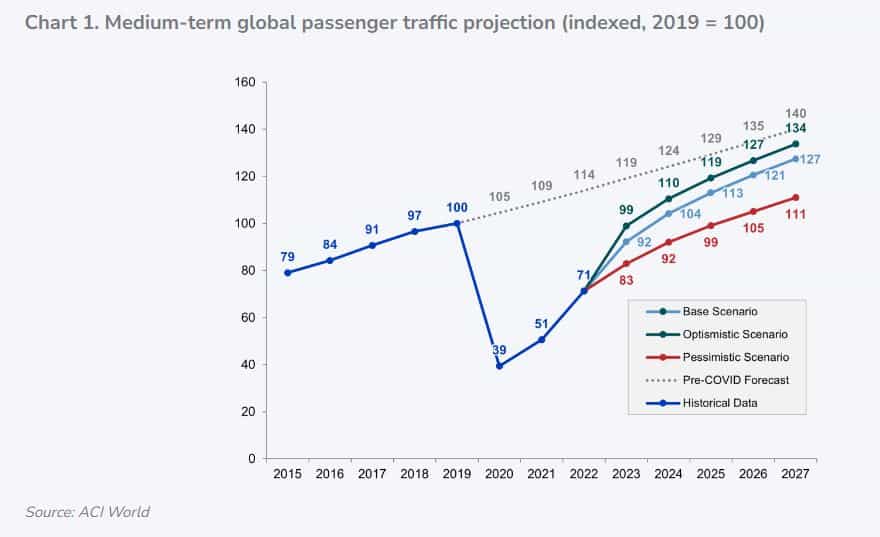
In part 1 in this series the focus was on the forecasts that various industry bodies have made of a complete and sustainable recovery from the disruption of the pandemic and a growth in air passenger demand in 2023.
In part 2 and in this part 3, the final part of our series, we cover some of the industry challenges your operation may face this summer and what this long awaited recovery means for your operation.

Industry challenges
In part 2 of this series we discussed the challenges of global economy uncertainty, Net Zero Carbon and sustainability, passenger experience and automation. Other challenges to consider include:
Accessibility and inclusion – individuals with disabilities will also rank highly in terms of airlines’ and airports’ priorities. On 25 April 2023 the UK Civil Aviation Authority launched a consultation for views on a proposed framework to improve airline experiences for disabled and less mobile passengers. Running until 21 July 2023, the consultation is seeking further feedback from disability rights groups, individuals, and the aviation industry, particularly around what best practice looks like. This follows the introduction of a similar framework for airports in 2014, which has driven airports to spend millions of pounds improving experiences for passengers with reduced mobility.
Airline accessibility is something we are experienced in having previously carried out an operational assessment of passenger buggy operations at Heathrow for both PRM and Premium users.
Sector wide labour shortage – the global aviation industry faces a labour shortage in all areas of the business, from pilots to baggage handlers, ticket agents, flight attendants and aircraft mechanics. A recent report by Canadian aviation training company CAE estimates that the commercial aviation segment will need to recruit and train 1.18 million workers while business aviation needs to hire 106,000 people to fill vacancies arising from retirement, attrition and the expansion of the aviation industry.
Hiring has been a relatively slow process, compared with the pace of recovery in travel demand, after many aviation workers were laid off during the pandemic and moved into other occupations or more flexible work options.
The industry now needs to focus on recruitment and retention. Airlines and airports need to ensure everything is done to minimise staff turnover and put in place measures that engage and reward staff to keep retention high and reduce the costs that come with staff churn. Creative ways of recruiting and retaining personnel need to be explored that can ensure a steady pipeline of highly trained staff for the next decade and beyond.
As part of the Generation Aviation programme, Heathrow airport has set the target of creating 10,000 jobs and apprenticeships, as well as providing 15,000 work experience days for aspiring aviation workers, by 2030.
Conclusion
There’s plenty of reasons to be optimistic as the aviation industry moves through 2023, not least that it is expected to finally reach a profit in 2023 for the first time since the pandemic.
We know from some of our recent projects that airports and airlines have learnt from the experience of last summer and as a result have been planning how to avoid the same issues this summer, such as unacceptable queues and delays. There is no question that the passenger experience should be a lot smoother this time round!
For more information about how we can assist you with any of your challenges in 2023, contact us today. Our award winning team of operational and analytical experts are dedicated to analysing, modelling and optimising every aspect of an airport. Specialising in airport capacity, we are trusted to realise capacity and solve complex operational challenges. Read some of our testimonials.

